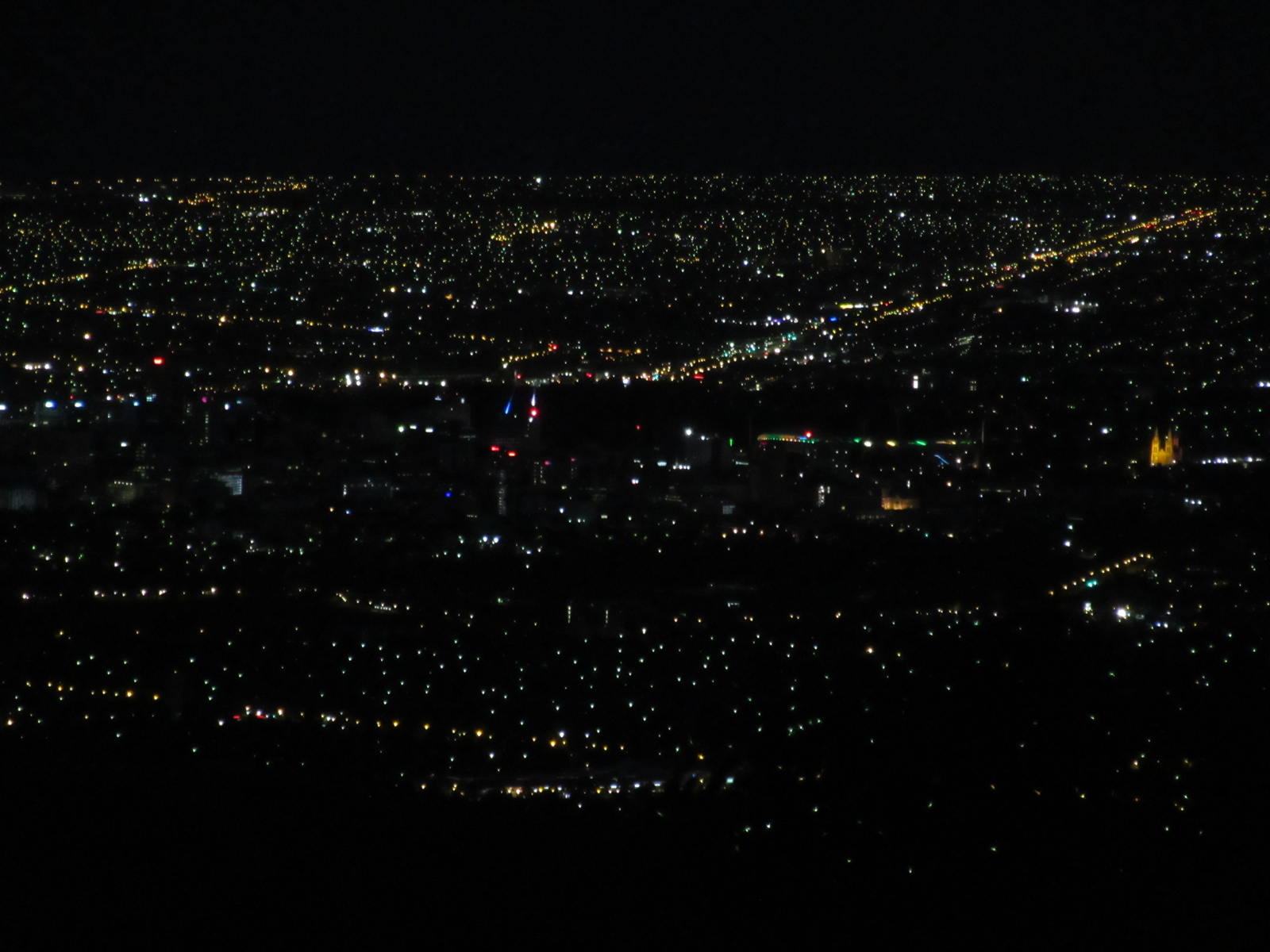Trees in the News: According to Vox, the trees at Joshua Tree National Park in California are now one step closer to extinction thanks to the current US government shutdown.
According to National Parks Traveler, visitors are creating illegal roads and driving into some of the park’s most fragile areas. They are also chopping down trees, setting illegal fires, and graffitiing rocks. With Joshua Tree being roughly the size of Delaware, the eight on-duty law enforcement rangers had no way to stop all the prohibited activity.
Joshua trees are already facing possible extinction, with scientists claiming that the Joshua Tree habitat will be lost to climate change by 2100. Smith told National Geographic in October, “We’re just in crisis mode right now.” Twenty days into the government shutdown, vandals are accelerating the trees’ demise.
Why? Why must people be so short-sighted and destructive? The article at National Parks Traveler notes that Joshua trees were cut down so that 4 wheelers could go around entrance gates. Once inside the trespassers continued their destruction, tearing up virgin desert, running over plants, camping in off-limits areas, leaving behind heaps of trash and generally behaving like 3 year olds high on sugar and let loose in a toy store with no supervision. It’s one more thing we can add to the list of things that Trump is destroying.


















